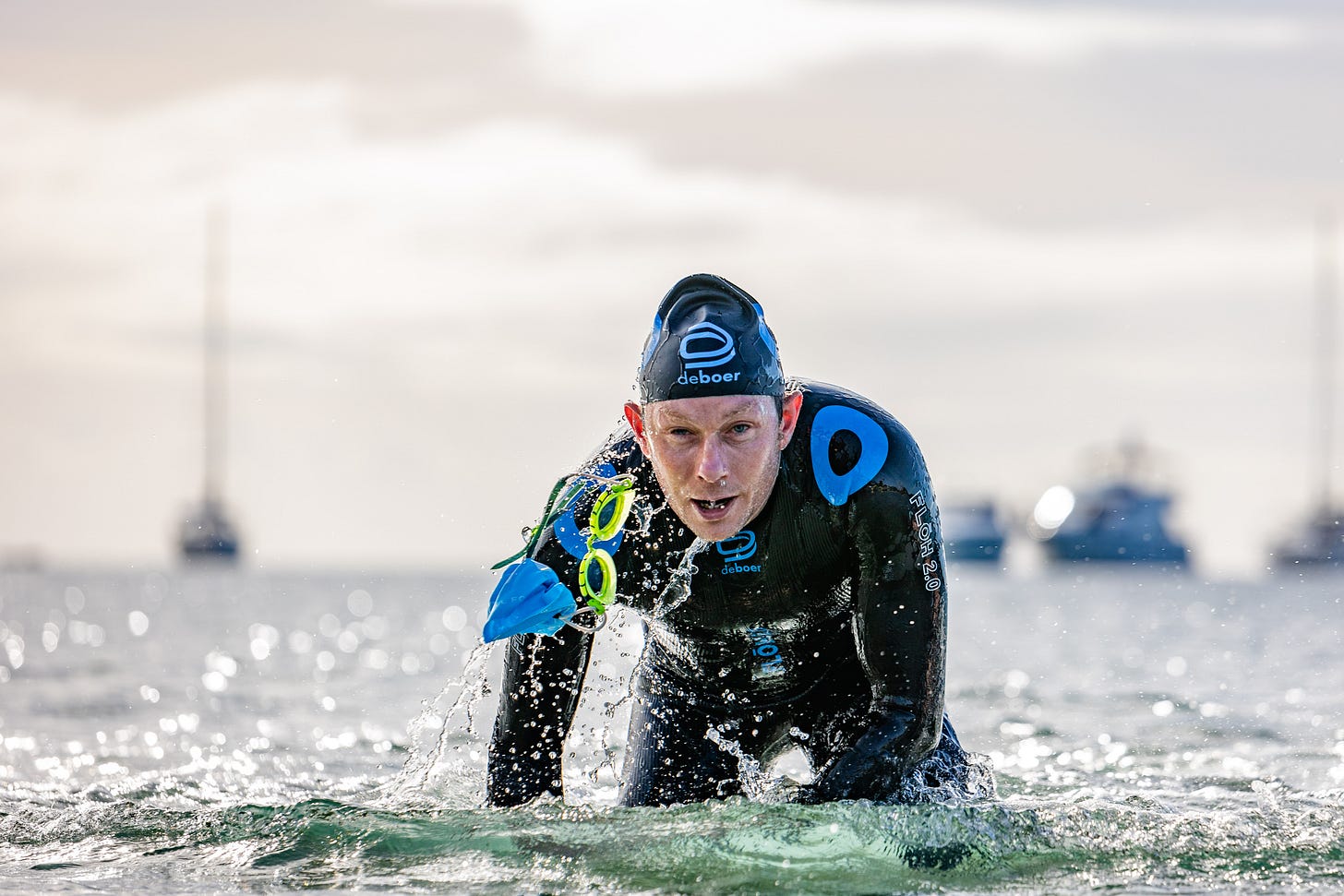How to Train Effectively in Open Water
Tips and session ideas to practice this summer season!
Hey Swimmers,
Training in the open water can feel liberating—no black line, no chlorine, no crowded lanes. But as I learned the hard way in 1998 while preparing for the British Junior Triathlon Championships, there’s a catch: if you’re not careful, open water swimming can make you slower.
I spent an entire month swimming in the sea, thinking that race-spe…
Keep reading with a 7-day free trial
Subscribe to Weekly Blog by Swim Smooth to keep reading this post and get 7 days of free access to the full post archives.


